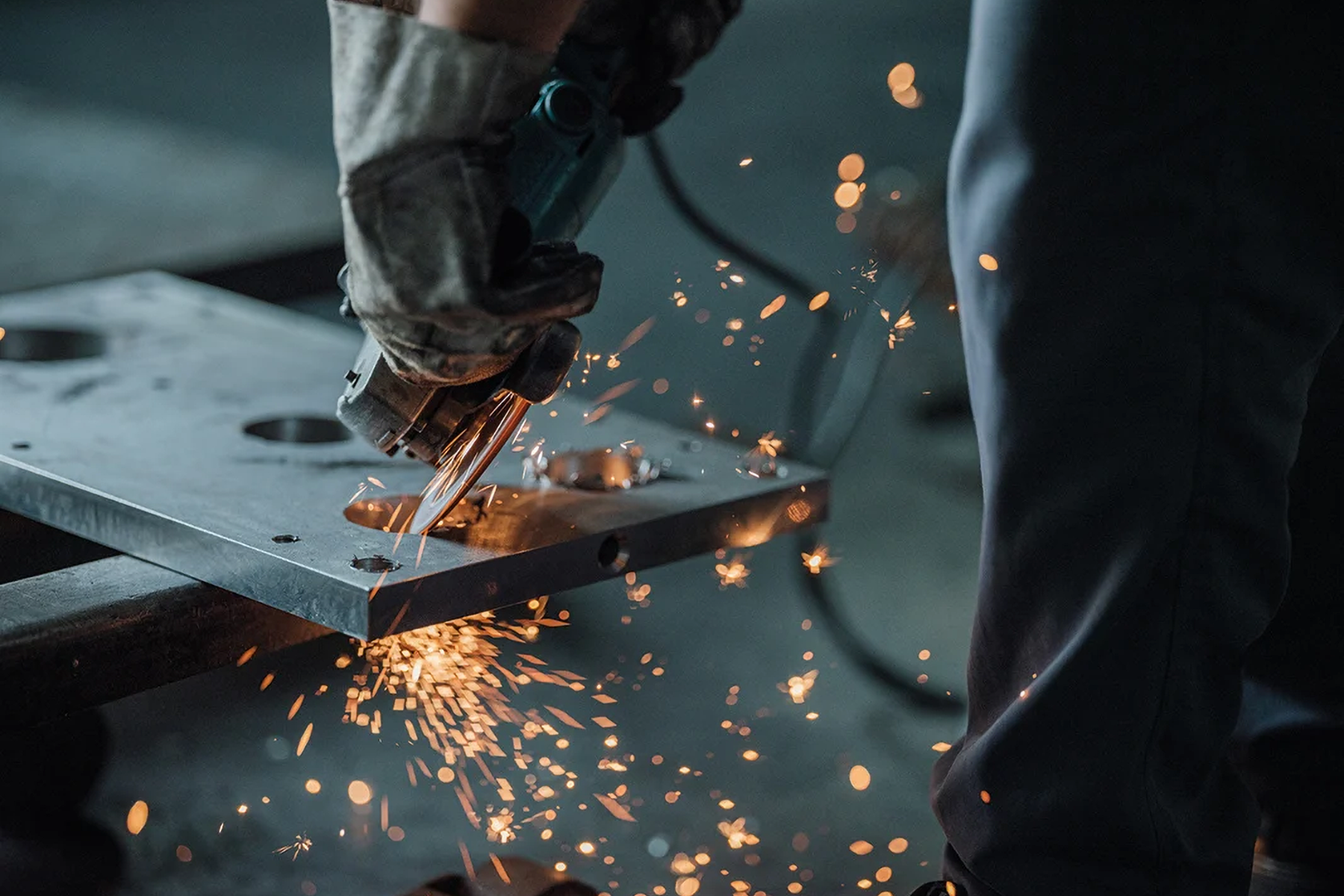
Understand the full life cycle of your products
Sustainable lighting starts here:
Download EPDs of WE-EF LuminairesLife cycle assessments (LCAs) are critical for municipalities and lighting planners striving for sustainable project outcomes. They provide a comprehensive evaluation of a product's environmental impact at every stage of its life cycle, from raw material extraction and manufacturing to operation and recycling. This transparency empowers decision-makers to select lighting solutions that align with their environmental and economic objectives, going beyond short-term performance to consider long-term sustainability.
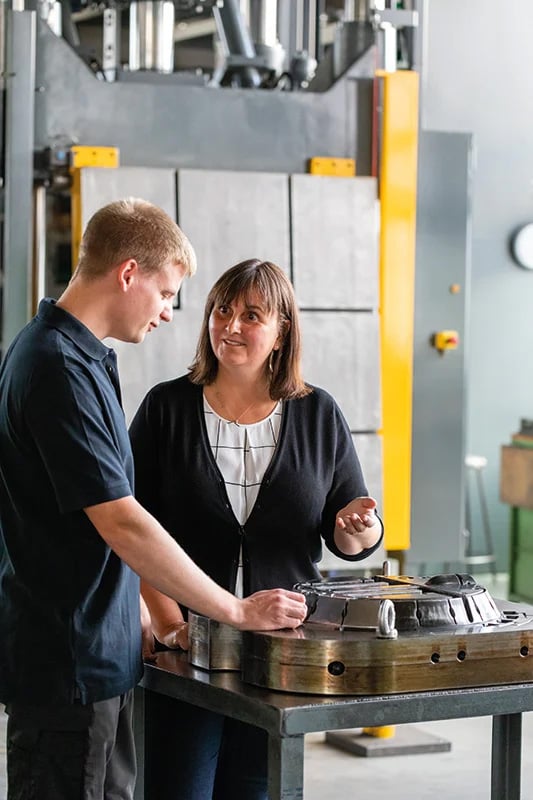
Transparent decision making
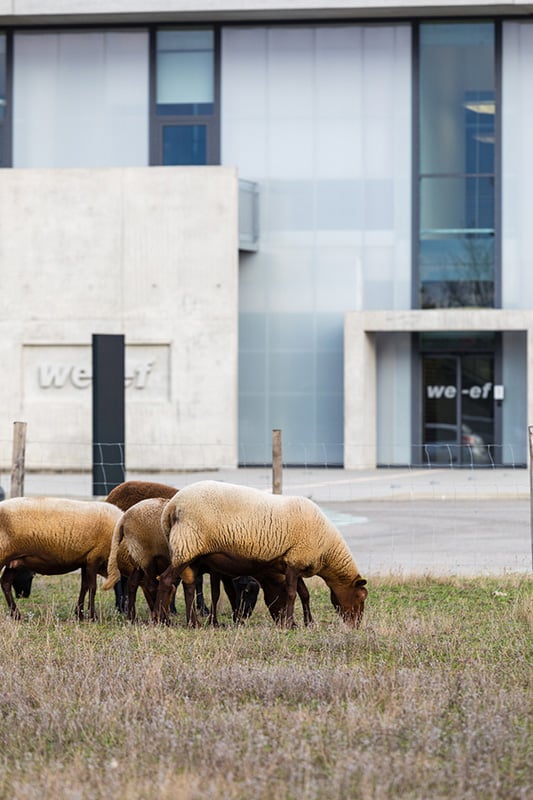
Reduced environmental impact
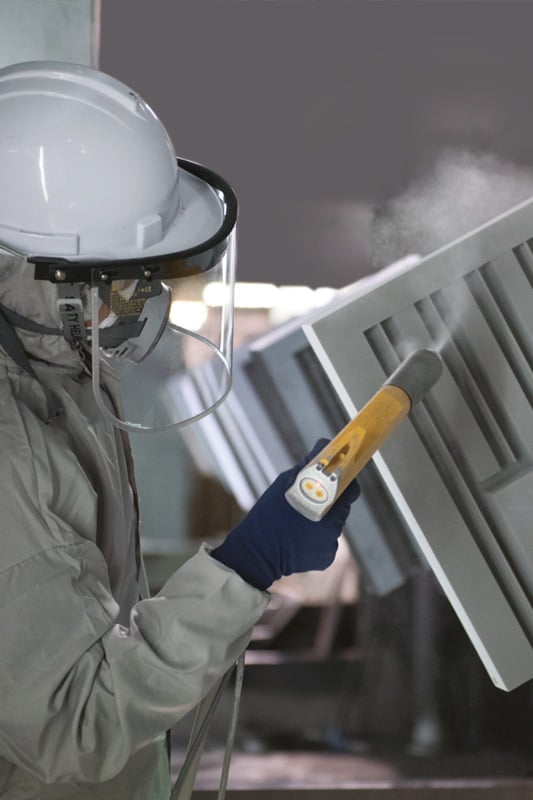
Support for sustainable procurement
Environmental product declarations (EPDs), based on ISO 14025 and EN 15804 standards, are an essential component of LCAs. Companies like WE-EF have pioneered the use of EPDs to document the ecological footprint of their luminaires, setting an industry benchmark for environmental accountability. Developed in collaboration with external LCA specialists such as Thinkstep, these detailed data sheets provide specific, verifiable metrics about the environmental influence of a product across its entire lifecycle. This level of detail enables municipalities and planners to justify procurement decisions based on measurable sustainability criteria, ensuring alignment with environmental policies and stakeholder expectations.
As sustainability becomes a priority in urban planning, EPDs are increasingly recognised as indispensable tools for investors, operators and designers. They offer a standardised way to evaluate and compare products, simplifying the decision-making process while ensuring transparency and trust. By integrating LCAs and EPDs into project planning, municipalities not only reduce their carbon footprint but also demonstrate a commitment to long-term environmental stewardship. This approach builds community trust and sets a clear path towards responsible resource management and sustainable development.
Life cycle assessments (LCA) quantify the potential impact of lighting in five key areas:
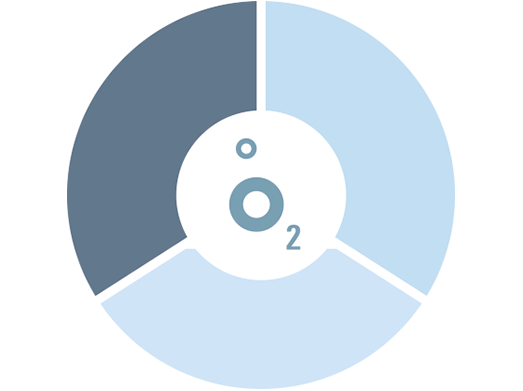

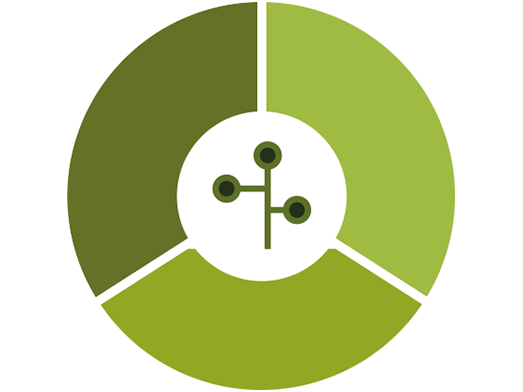
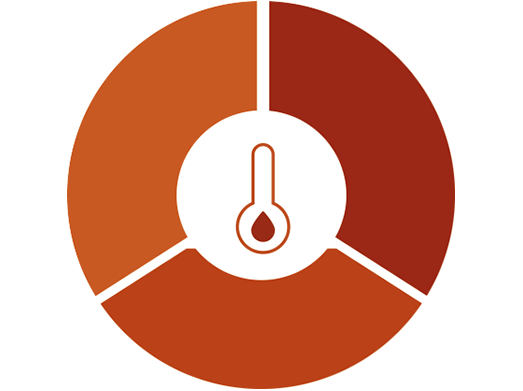
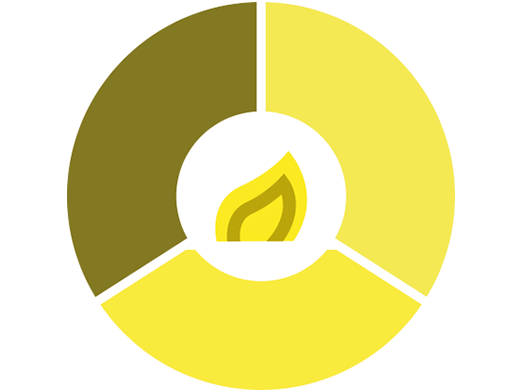
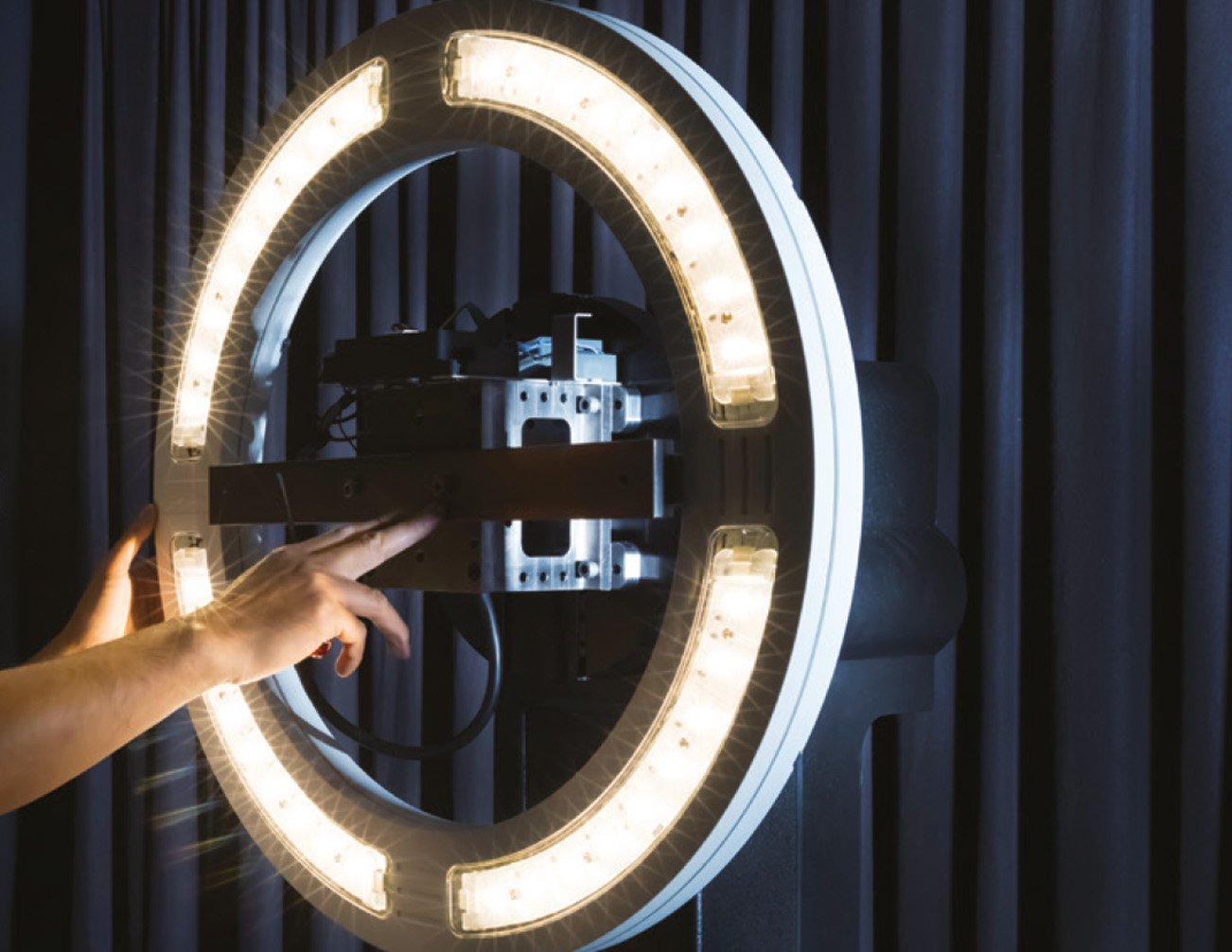
The timeless design of WE-EF luminaires reflects their longevity and commitment to environmentally friendly engineering. By prioritising ecological materials, high IP protection, efficient thermal management and IOS® Innovative Optical Systems, WE-EF ensures its products meet modern challenges. Developing high-quality reflector and lens technologies is a core competency.
WE-EF luminaires naturally comply with international lighting and safety standards, including Dark Sky requirements, supported by ongoing investment in research and development.
''Made by WE-EF'' is more than just a phrase – it is the summation of the philosophy behind our high production depth. Our means of manufacturing range from tool-making for die-casting and injection moulding equipment to aluminium die-casting, CNC production, CNC sheet metal working, powder coating and pole production to pre- and end-assembly.
EPDs provide the advantage of offering a transparent and reliable basis for assessing the environmental impact of a product. They enable informed decisions based on verifiable data covering the entire product lifecycle, helping to achieve sustainability goals. This allows companies and municipalities to select environmentally friendly products and minimise their ecological footprint.
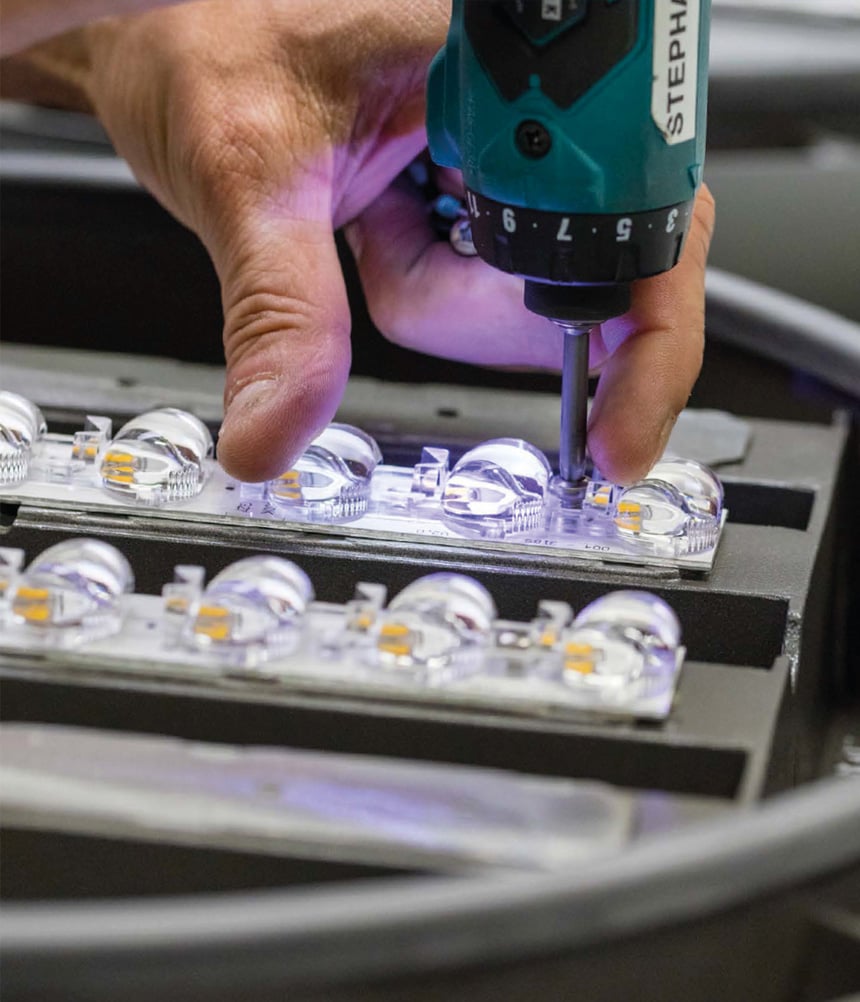
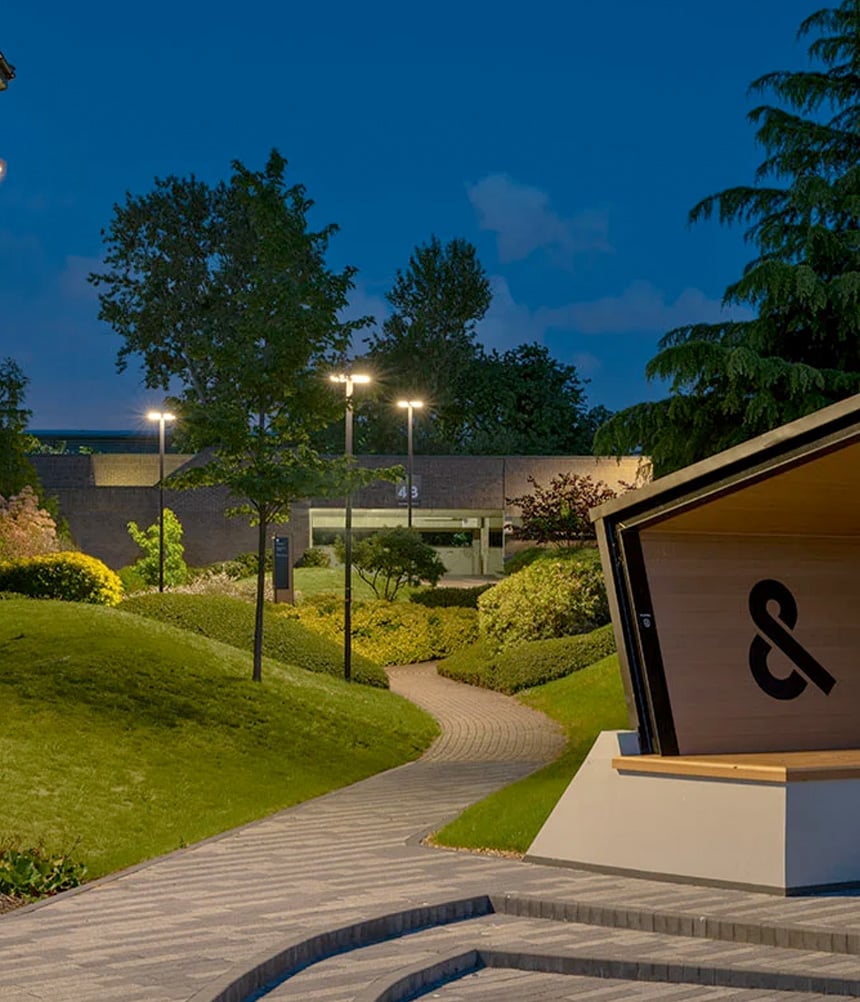

We began with an aluminium substrate that was sourced from 90% authentic, refined, recycled aluminium. At the end of life, approximately 90% of a WE-EF luminaire is recyclable, based on weight.
Our luminaire housings are made of high-grade, recycled aluminium alloy that can be recycled repeatedly without loss of quality. All packaging material used by WE-EF is also fully recyclable and contains no dangerous chemicals. Compliance with WEEE and RoHS also ensures the latest standards are adhered to. WE-EF are also members of Interseroh, who handle the recycling of all packaging material.
Page Settings
Preview Image
Hero Image
